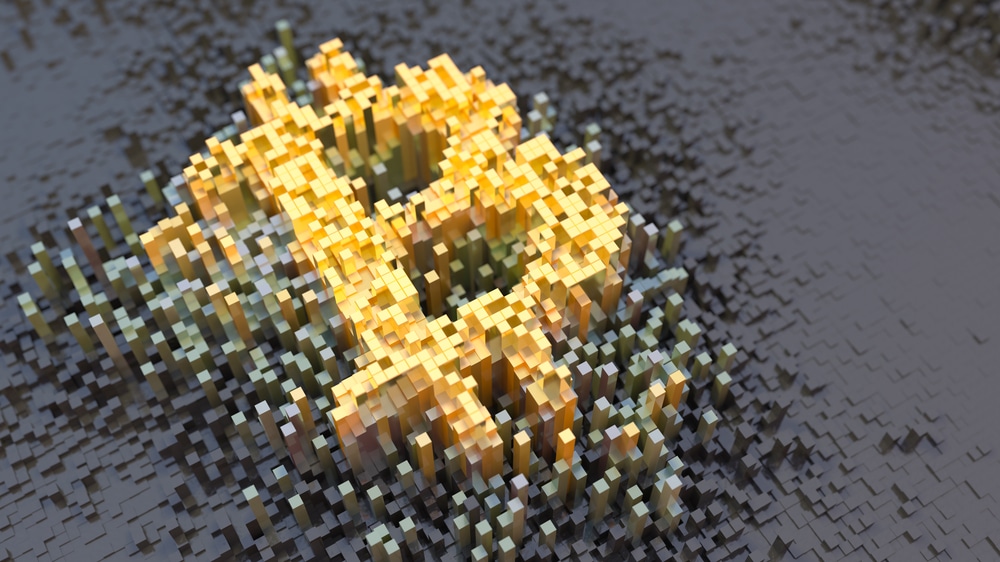In a previous article, we described the revolutionary organization of ecosystems based on a blockchain, but also their diversity and complexity. Faced with the variety of structures that have appeared in the past few years, the central question of the best method to value the tokens issued and used by these networks came up.
Unlike traditional companies, each of these projects develops a business model of its own. It is therefore difficult to develop a valuation method that would apply equally to all start-ups using blockchain technologies.
On the other hand, there are many methods for traditional companies such as « Discounted Cash Flows » and many indicators such as « Price-Earnings Ratio ». The main difference with token-issuing ecosystems is that there is no cash flow, since tokens themselves ensure the flow of value.
It is also important to remember that the blockchain industry is still nascent and that there is little or no history of ecosystem valuation. It is therefore almost impossible to analyze the behavior of tokens in the past.
It is therefore necessary to imagine new methods to value the projects. As we have already mentioned, each Altcoin is a decentralized network that aims to solve one or more problems. Tokens are issued to allow this network to exchange value and develop, as does money in a national economy. The tokens therefore have a functional value resulting from their use in the ecosystem. This functional value is particularly difficult to determine because of the number of data (often subjective) which influence this valuation (such as « Staking » or the velocity of the chips).
The difficulty of valuation is reinforced by the fact that the value of a token is not only functional, it is also speculative. Part of the value of the tokens, which is difficult to quantify, is directly related to speculation. The latter could be defined as the value resulting from the impact of token trading on the exchange of cryptocurrencies. As evidenced by the high volatility of some tokens, this value can be perfectly uncorelated from the functional or actual value of the token. It is usually based on a purely technical analysis of price curves, rather than a thorough analysis of the ecosystems on which the token is based.

However, several methods have emerged to try to value a blockchain-based ecosystem and to deduce the price that the tokens should have. The valuation model proposed by Chris Burniske is by far the most famous model and we will focus on that one. You can also check out the models developed by Vitalik Buterin, Brett Winton, Willy Woo and Percy Venegas.
Equation of Exchange
Chris Burniske is the first to propose applying the Equation of Exchange concept to projects based on decentralized registry technology. This equation is traditionally used to determine the value of a currency in an economy. As we mentioned, tokens play (among other things) the role of money within their ecosystem, so it is possible to apply this formula to them.
Chris Burniske points out, however, that he does not use this technique to determine the price that tokens should have in the present or the future, because the information we can collect about these ecosystems is still nascent. He uses it more as a method to ask the right questions and better understand the environment in which the project evolves. The equation is presented in the following way:
M x V = P x Q
Where
M = the total value of the chips
V = the velocity of the chips, that is to say the number of times they have been traded over a given period.
P = in the case of cryptoassets, P represents the price of resources monetized by the network. If we take the example of SiaCoin, it will be used to determine the dollar price of Gigabite available storage, represented in $ / GB.
Q = total resources used by the network. In the case of SiaCoin, this would be the number of Gigabites available on the network. If we multiply P and Q (where P = $ / GB and Q = GB), we get an amount in $.
PQ represents the exchange of value in the ecosystem. It is in a way the GDP of the micro-economy created by the protocol and the network. But this GDP is recorded on the blockchain. Thus the GDP of an ecosystem corresponds to the volume of transactions in reference token, even if this indicator must be relativized because of the many transactions between exchanges which, according to Chris Burniske, correspond to about 30% of transactions and are purely speculative.

Once we have the PQ value in dollars, we have to find « V » to be able to deduce « M ». The latter would allow us to value all the tokens (M = PQ / V). Once we know these elements and have been able to get a value for « M », we are able to determine the « Current Utility Value » or « CUV » of a token. The CUV is obtained by dividing « M » by the number of chips in circulation (with the exception of « Bonded » or « Hodl’d » tokens).
Token Velocity
« V » is the velocity of the token, which is the number of times a token changes hands in a given period. But this velocity depends on the use of tokens in the development of the protocol by the members of the network. The more the protocol provides for the use of tokens between the members of the network, the more the circulation of these tokens and therefore the velocity will be important. The velocity of the chips is an important indicator of the volatility of the chip you want to buy, even if its determination will be impossible if it is a project under development. Indeed, the velocity of the tokens of a network is generally calculated over a period of one year according to the following method:
Velocity = Total Volume of Transaction / Average Volume of the Network
Let’s take the example that Chris Bruniske uses in his article:
« For example, in 2016, the network (bitcoin) processed an average of $ 160 million worth of transactions in US dollars a day, for a total of $ 58 billion in one year. Bitcoin’s average asset size in 2016 was $ 8.9 billion (M). As a result, V = $ 58 billion / $ 8.9 billion, or 6.5. A velocity of 6.5 means that in 2016, each bitcoin changed hands 6.5 times. In fact, a small percentage of bitcoins were probably traded much more than that, while a higher percentage was stuck in the hands of the hodlers, but later. By comparison, the velocity of the USD M1 money supply is currently 5.5, although it has fallen dramatically since the 2008 financial crisis. «
According to Nate Nead, a project that encourages its users to keep the tokens will create value, unlike a network on which the velocity is too important. But according to him, if the velocity is too low, there will be a lack of liquidity on the network, causing a drop in price. It takes a minimum of velocity for a token to reach its true value.
In the two most famous valorization formulas (those of Burniske and Buterin), the value of a token is inversely proportional to the value of a token.
For the value of a token to grow, it is therefore essential that the protocol provides mechanisms to achieve a balance between circulation (velocity) and conservation (« staking ») of tokens.
Several methods allow for example to limit the velocity of a token:
– a consensus method based on the « staking » of tokens, such as the Proof of Stake or the Node consensus developed by NEO.
– Gamification to encourage the possession of tokens: this is a mechanism to encourage users to use the protocol and application to acquire more chips. Steemit is a great example: the more chips you have, the more influence you have on the network and your ability to earn chips. So the more chips you have, the more chips you will earn by participating in the protocol.
– Make it a store of value: Bitcoin / Ether.
IF YOU ENJOYED THIS ARTICLE, PLEASE DO NOT HESITATE TO SHARE IT ON YOUR FAVOIRTE SOCIAL MEDIA!!





[…] ya que ya conoce el valor actual. Es exactamente lo que pagas por el token en un intercambio. La conocida fórmula MV = PQ, que se utiliza para determinar el valor actual de una moneda, no nos ayuda en ese sentido. Más […]